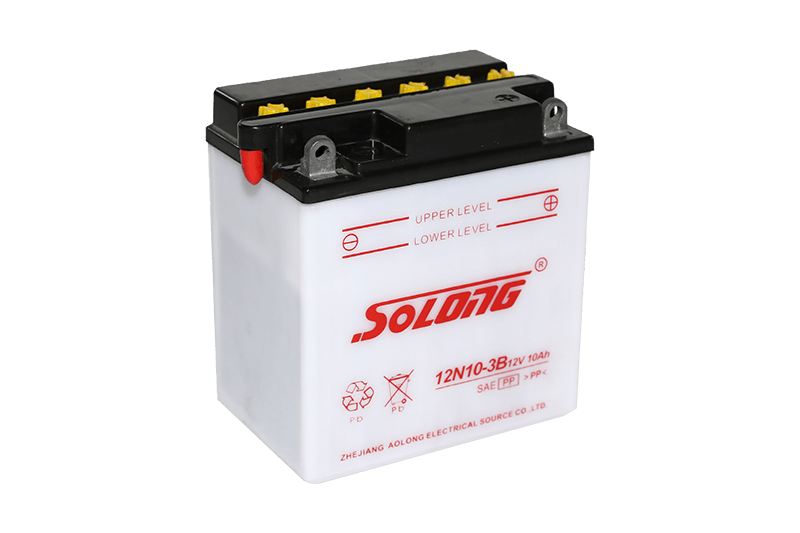

The electrode is mainly made of lead and its oxide, and […]
The electrode is mainly made of lead and its oxide, and the electrolyte is a kind of battery with sulfuric acid solution. English name: Lead acid battery. In the discharge state, the main component of the positive electrode is lead dioxide, and the main component of the negative electrode is lead; In charging state, the main components of positive and negative electrodes are lead sulfate. It is divided into exhaust battery and maintenance free lead-acid battery.
The battery is mainly composed of tubular positive plate, negative plate, electrolyte, separator, battery tank, battery cover, pole, liquid injection cover, etc. The electrode of the exhaust battery is composed of lead and lead oxide, and the electrolyte is an aqueous solution of sulfuric acid. The main advantages are stable voltage and low price; The disadvantages are low specific energy (i.e. electric energy stored per kilogram of storage battery), short service life and frequent routine maintenance. The service life of the old ordinary battery is about 2 years, and the electrolyte height should be checked regularly and distilled water should be added. However, with the development of science and technology, the life of lead-acid batteries has become longer and maintenance is easier.

The most obvious feature of lead-acid battery is that there is a plastic sealing cover that can be unscrewed on the top, and there are air holes on it. These filling caps are used for filling pure water, checking electrolyte and discharging gas. Theoretically, the density and liquid level of electrolyte should be checked during each maintenance of lead-acid batteries, and distilled water should be added if there is any shortage. However, with the upgrading of battery manufacturing technology, lead-acid batteries have developed into lead-acid maintenance free batteries and gel maintenance free batteries. There is no need to add electrolyte or distilled water in the use of lead-acid batteries. It mainly uses the positive pole to generate oxygen, which can be absorbed at the negative pole to achieve the oxygen cycle, so as to prevent water loss. Lead acid water batteries are mostly used in tractors, tricycles, car starting, etc., while maintenance free lead acid batteries are more widely used, including UPS, electric vehicle power, electric bicycle batteries, etc. Lead acid battery can be divided into constant current discharge (such as UPS) and instantaneous discharge (such as automobile starting battery) according to application requirements.